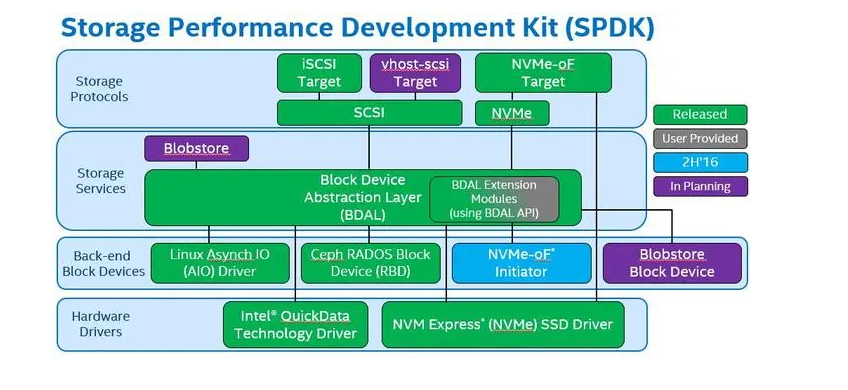If you are setting up hugepage mappings for non-NUMA systems, you can follow these steps:
Check the kernel configuration: Ensure that the Linux kernel is configured to support hugepages. You can check this by looking for the “CONFIG_HUGETLBFS” option in the kernel configuration file (usually located in “/usr/src/linux/.config”).
Enable hugepages: Edit the “/etc/sysctl.conf” file and add or modify the following lines:
vm.nr_hugepages=<number of hugepages> vm.hugetlb_shm_group=<group ID>
Replace <number of hugepages> with the desired number of hugepages and <group ID> with a valid group ID that has permission to access shared memory.
Save the changes and apply them by running the following command:
sudo sysctl -pMount a hugetlbfs filesystem: Create a mount point for hugetlbfs and mount it by running the following commands:
sudo mkdir /mnt/huge sudo mount -t hugetlbfs nodev /mnt/hugeVerify hugepage availability: Check if the system recognizes the newly allocated hugepages by running the following command:
cat /proc/meminfo | grep HugePages_Use transparent hugepages: Transparent Huge Pages (THP) can be enabled on some systems to automatically allocate and manage large memory pages when supported by hardware and kernel configurations.
Keep in mind that these steps may vary depending on your specific operating system version and configuration. It’s recommended to consult your system’s documentation or distribution-specific resources for more accurate instructions.
内容由零声教学AI助手提供,问题来源于学员提问





















